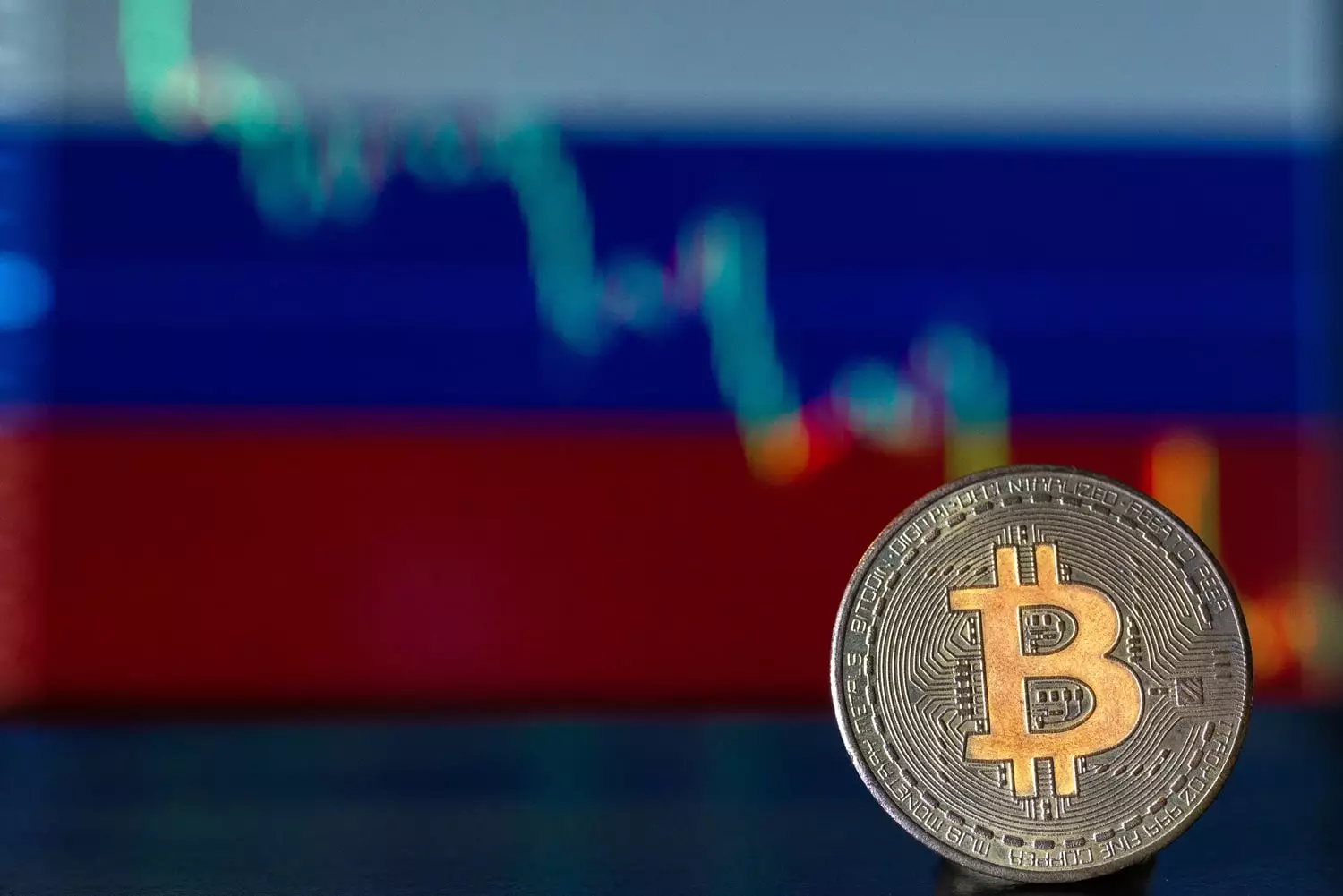Russia’s Central Bank recently revealed a concerning trend regarding the decrease in the number of citizens trading cryptocurrencies. According to the bank’s data, there has been a noticeable decline in crypto activity among Russians during the second and third quarters of 2023. It was observed that Russian visits to major overseas cryptocurrency trading platforms have also decreased significantly. Furthermore, there has been a decline in the volume of Russian-owned cryptocurrencies being traded on exchanges. These observations indicate a shift in the preferences of Russian crypto traders.
Instead of relying on centralized crypto exchanges (CEXs), Russian traders are now favoring peer-to-peer (P2P) and over-the-counter (OTC) markets. Emphasizing this growing trend, a crypto security provider revealed that an estimated $296 million worth of P2P crypto trades are made available every day in Russia. The Central Bank also highlighted that P2P transactions have become the main channel through which Russians acquire cryptoassets. In fact, the average monthly volume of Russian P2P crypto transactions has increased by a staggering 53.9% compared to the same period last year. This shift indicates a desire for more decentralized and direct methods of trading cryptocurrencies.
Many major international crypto exchanges have imposed sanctions on Russia-based traders due to external political influences. Both the US and the EU have led these sanctions, prompting some exchanges to restrict access for Russian citizens. However, media reports suggest that many Russians are finding ways to circumvent these restrictions through loopholes. Consequently, some traders continue to use overseas CEXs, despite the limitations imposed by sanctions. Notably, Binance announced its complete withdrawal from Russia and the sale of its business to CommEX this year. The exchange has halted ruble deposits and plans to end withdrawals by the end of January next year. The Central Bank warns that using alternative CEXs that target Russians can be risky and should be approached with caution.
While sanctions undoubtedly play a role in the decreasing crypto trading activity among Russians, the Central Bank believes there may be other factors at play. The bank cautions against attributing the entire decline solely to sanctions. It suggests that a combination of factors, including regulatory changes and market conditions, might contribute to the observed decrease in crypto trading activity. It is crucial to examine the broader landscape of crypto trading in Russia to gain a comprehensive understanding of this shifting trend.
Russia’s crypto trading landscape is undergoing significant changes. The decrease in trading activity among Russian citizens, coupled with the shift towards P2P and OTC markets, showcases a desire for decentralized and direct trading methods. Though sanctions have impacted major international exchanges, some Russians continue to use alternative platforms. It is essential for traders to be aware of the potential risks associated with these platforms. Moving forward, it will be intriguing to observe how regulatory changes, market conditions, and geopolitical factors continue to shape the future of crypto trading in Russia.











